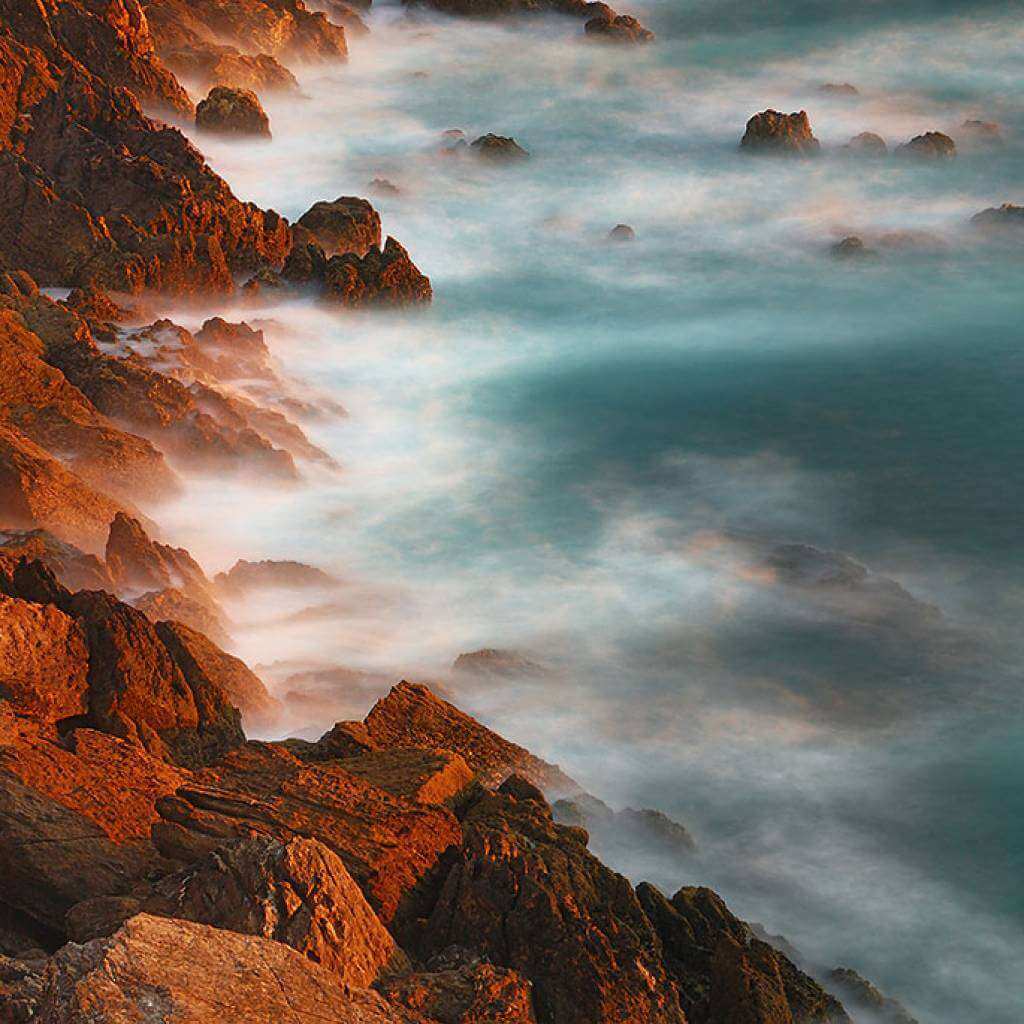Our Services
Padithurai – The Sacred Riverfront of Perur
Padithurai, located on the banks of the Noyyal River in Perur, is a sacred bathing ghat where families perform rituals to honor their ancestors. For centuries, Padithurai has been a bridge between generations, offering peace to departed souls and blessings to the living.
Once upon a time, the Noyyal was a perennial river, flowing gracefully through the land and nourishing both life and faith. Today, however, the river has lost much of its original vitality, flowing only during parts of the year. This makes Padithurai not only a sacred site but also a reminder of our shared responsibility to protect and restore our natural and cultural heritage.
History & Spiritual Significance
The northward flow of the Noyyal at Padithurai is a rare phenomenon, considered highly auspicious and associated with mukti (liberation).
Padithurai is revered as Perur’s own Kashi, where thousands have gathered for generations to perform rites like Thithi and Pinda Pradhanam.
The Patti Vinayagar shrine, carved from unique stone near the ghat, enhances the sanctity of rituals performed here.
Rituals at Padithurai
At Padithurai, Vedic traditions continue to guide families in honoring their ancestors through deeply symbolic rituals:
Purification in the Noyyal — Before beginning any rites, devotees perform ritual baths in the sacred waters of the Noyyal River. These ablutions are not merely physical; they are believed to cleanse both body and spirit, preparing participants to enter the sacred space with purity and devotion. Such ritual purification is a fundamental prelude to ancestral ceremonies, aligning the individual physically and emotionally with the act of remembrance.
Pinda Pradhanam — Families offer pindas—small rice balls made of cooked rice, ghee, and black sesame seeds—on darbha grass, invoking blessings from ancestors. According to tradition, presenting pindas helps unite the departed soul with their lineage and ensures spiritual sustenance; each pindachanna corresponds to different ancestors, honoring both paternal and maternal lines.
Lighting of Lamps & Mantras — Illumination plays a powerful role in Vedic rituals. Lighting lamps symbolizes guiding the souls toward peace and continuity, dispelling darkness both literal and metaphorical. Accompanying this, the chanting of sacred mantras invokes ancestral grace, peace, and the light of spiritual continuity—a living connection across generations.
Immersion of Ashes — In accordance with the revered practice of niravapanjali, families gently immerse the ashes of their loved ones into the river. This act is rooted in the belief that water carries the soul toward liberation; the northward flow is especially significant, often associated with the eternal rest of the departed. Performing this immersion at a sacred riverfront like Padithurai holds deep spiritual resonance.
Aadi Amavasai & Mahalaya Paksha — On these solemn occasions, Padithurai transforms into a powerful nexus of devotion. During Aadi Amavasai thousands of devotees gather at the ghat to offer Bali Tharpanam—ritual offerings made to ancestors, typically including rice balls, sesame seeds, tulsi leaves, and coconuts at dawn by the riverbank. These acts are believed to bring spiritual strength to the living and liberation to the departed.
Similarly, during Mahalaya, the culmination of Pitru Paksha—the sixteen-day ancestral worship period—families conduct Shraddha rituals with reverence and collective intensity, reinforcing Padithurai’s role as a sacred conduit between earth and the ancestral realm
Cultural Relevance Today
Padithurai is far more than a ritual site—it is a living tradition that connects communities across generations, anchoring cultural memory and offering a tangible link between past and present. At Perur, the Padithurai remains a sacred gathering place where families seek solace and emotional healing during times of grief, embodying not just ritual but collective remembrance. As a cultural identity marker, it unites people of Perur and beyond through shared faith and communal belonging.
Today, Padithurai stands as both a cultural heirloom and an ecological warning. Its continued relevance underscores that preserving heritage means caring equally for our rivers and rituals—and that environmental rejuvenation is integral to sustaining cultural continuity itself.
The Role of Nallaram Trust
The Nallaram Trust serves as a vital custodian of Padithurai’s sanctity and cultural vibrancy. With a broad mandate covering environment, water resources, art and culture, social welfare, and education, the Trust is actively positioned to safeguard this sacred riverfront and the living traditions it hosts.
The Trust constructed a Tarpana Mandapam—a dedicated pavilion used for ancestral water offerings—to enhance the temple’s sacred environs near the ghats.
They also installed Navagraha pillars, symbolizing the nine planetary deities, reinforcing the temple’s Vedic and astrological significance.
These structures were later formally handed over to the HR&CE (Hindu Religious and Charitable Endowments) Department for ongoing maintenance and ritual usage.
Through its efforts, it ensures the Padithurai remains clean and accessible—a welcoming space for pilgrims and locals alike. The Trust supports the spiritual infrastructure by assisting priests and Vedic scholars in their guiding roles, while also facilitating families who travel from afar to perform rituals. Their broader mission includes raising public awareness about the ghat’s cultural heritage and ecological significance, helping bridge faith and conservation. In preserving Padithurai, the Nallaram Trust keeps alive a space of devotion, remembrance, and cultural continuity that will endure for generations.
Perur Pateeswarar Temple – A Glimpse into History and Culture
Nestled in Perur, just west of Coimbatore, the Perur Pateeswarar Temple is dedicated to Lord Shiva—revered here as Pateeswarar—and his consort Pachainayaki (Parvati). Established by the Chola emperor Karikala Chola in the 2nd century CE, this temple stands as one of Tamil Nadu’s most ancient sanctuaries
Through successive eras, ruling dynasties like the Pandyas, Hoysalas, Vijayanagar kings, and Madurai Nayakas enriched the temple complex, adding mandapams, inscriptions, and the magnificent Kanaka Sabha—the golden hall housing a spectacular gold-plated Nataraja sculpture
The temple is a stunning example of Dravidian architectural grandeur. It features towering gopurams, intricately carved pillars depicting various forms of Shiva, ceilings adorned with stone chains, and sacred trees—Irava Panai (deathless palm) and Pirava Puli (birthless tamarind)—which symbolize the cycle of life and liberation
Culturally, Perur Temple is a vibrant hub of tradition and devotion. The site is believed to mark where Shiva performed his cosmic dance (Ananda Tandava), and it was celebrated by poets like Sundarar and Arunagirinathar in Thevaram hymns.It hosts festivals such as Panguni Uthiram chariot processions, Natyanjali dance celebrations, and Maha Shivaratri rites that draw pilgrims, art enthusiasts, and devotees alike


